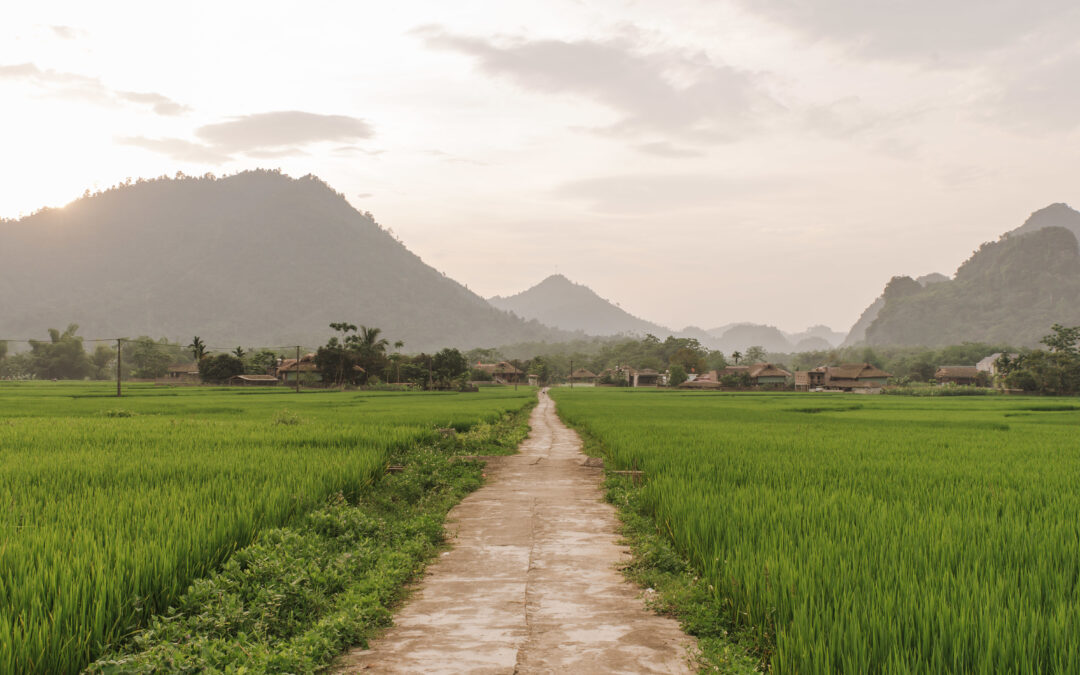Across many rural communities, farm to market roads in the Philippines play a much bigger role than most people realize. They’re not just for moving vehicles—they help farmers bring their produce to market, give families access to schools and health centers, and keep entire barangays connected to nearby towns.
When road conditions are poor, daily life becomes a struggle. What should be a short trip can turn into hours of walking—especially during rainy days, when roads turn to mud and some areas become unreachable.
The truth is, many FMRs today are still in bad shape. Despite the efforts of the DPWH and other agencies, a lot of roads wear down quickly or become impassable for parts of the year. That’s why more people are asking: how can we build rural roads that last—not just for today, but for years to come?
A Quick Look Back at the History of Farm to Market Roads
When we talk about rural development, it’s hard to ignore the history of farm to market roads in the Philippines. These roads have been part of the country’s story since the post-war years, when the government began prioritizing agriculture to help rebuild the economy. At the time, many farming communities were too isolated, and the lack of access to town centers made it difficult for farmers to sell their produce or buy supplies.
That’s when the idea of building roads that directly connect farms to nearby markets took root. As the years went on, agencies like the Department of Agrarian Reform (DAR) and the Department of Public Works and Highways (DPWH) took the lead in rolling out these projects. They saw roads not just as transportation routes, but as a way to improve farmers’ incomes and promote local trade.
Interestingly, the term itself—“farm to market road”—originated in the United States, according to Wikipedia. The Philippines adopted the same idea, especially during the implementation of the Comprehensive Agrarian Reform Program (CARP) in the late 1980s, when infrastructure became a key part of supporting agriculture.
More recently, programs like the DA-DPWH Convergence Initiative and the Philippine Rural Development Project (PRDP) have helped expand road access to more rural areas. But even today, many challenges remain—especially in places with soft soil, steep terrain, or constant flooding. The lesson from the history of farm to market roads is clear: building roads is one thing; building strong, long-lasting ones is another.
The True Purpose of Farm to Market Roads
When you look at it closely, the real purpose of farm to market roads goes far beyond just moving crops. At the heart of it, these roads are meant to make life easier for farmers and their families. They give farmers a better shot at earning more by helping them bring their produce to market faster, fresher, and without the high cost of transport. The less time it takes to get from farm to buyer, the better the prices—and the bigger the chance for profit.
But it’s not just about getting vegetables to the market. When the road is good, kids don’t have to skip school just because it rained the night before. Health workers can reach far barangays faster, and families can go to town without needing to wade through mud or wait for things to dry up.
In far-flung areas, especially those in the mountains, having even just one farm to market road can make a huge difference. What used to take half a day on foot could take just minutes by motorbike or tricycle. During the rainy season, people wouldn’t have to wait days for the trail to dry just to get into town.
That’s why these roads matter—they’re not just for hauling sacks of produce—they help people go about their daily lives without the struggle.
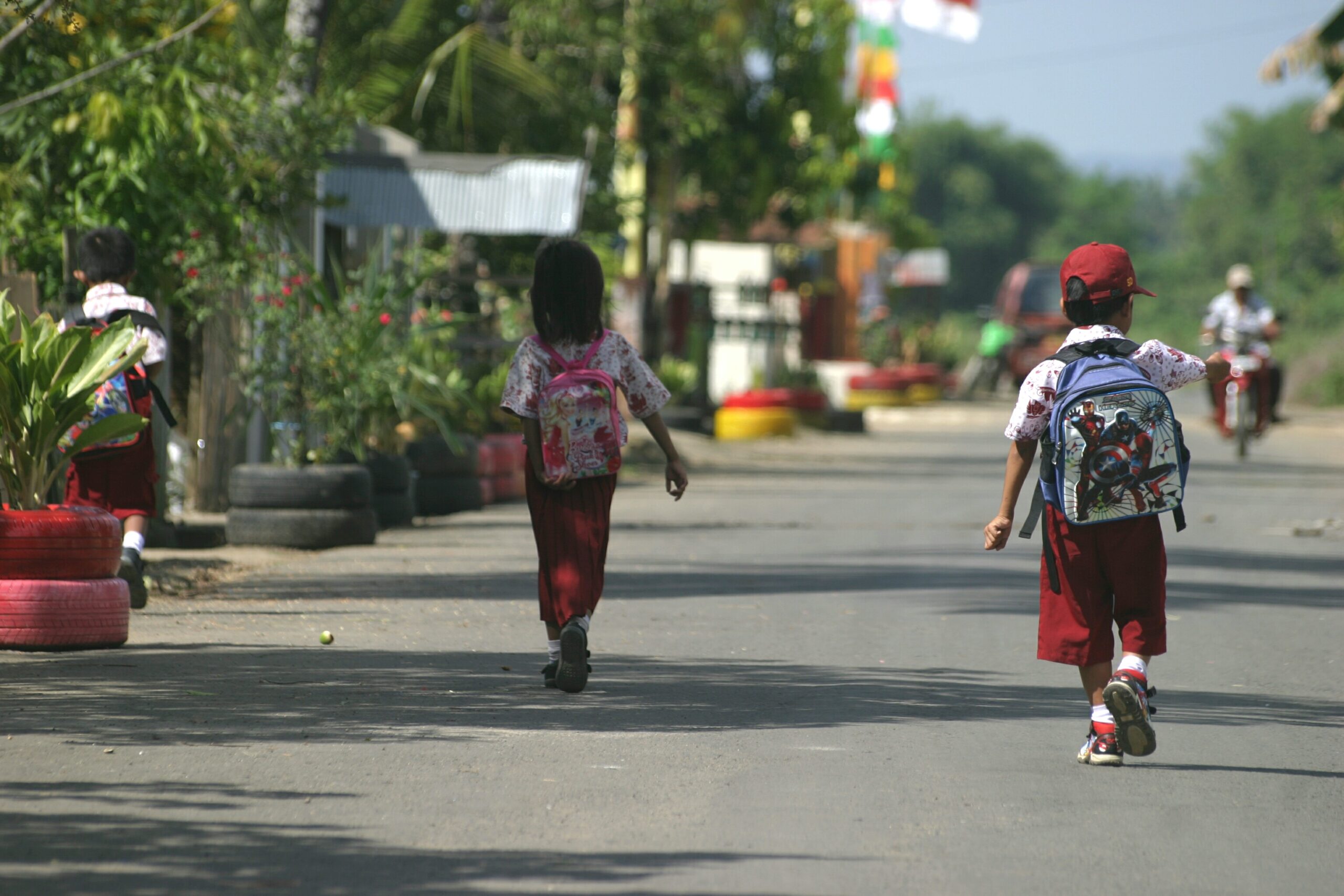
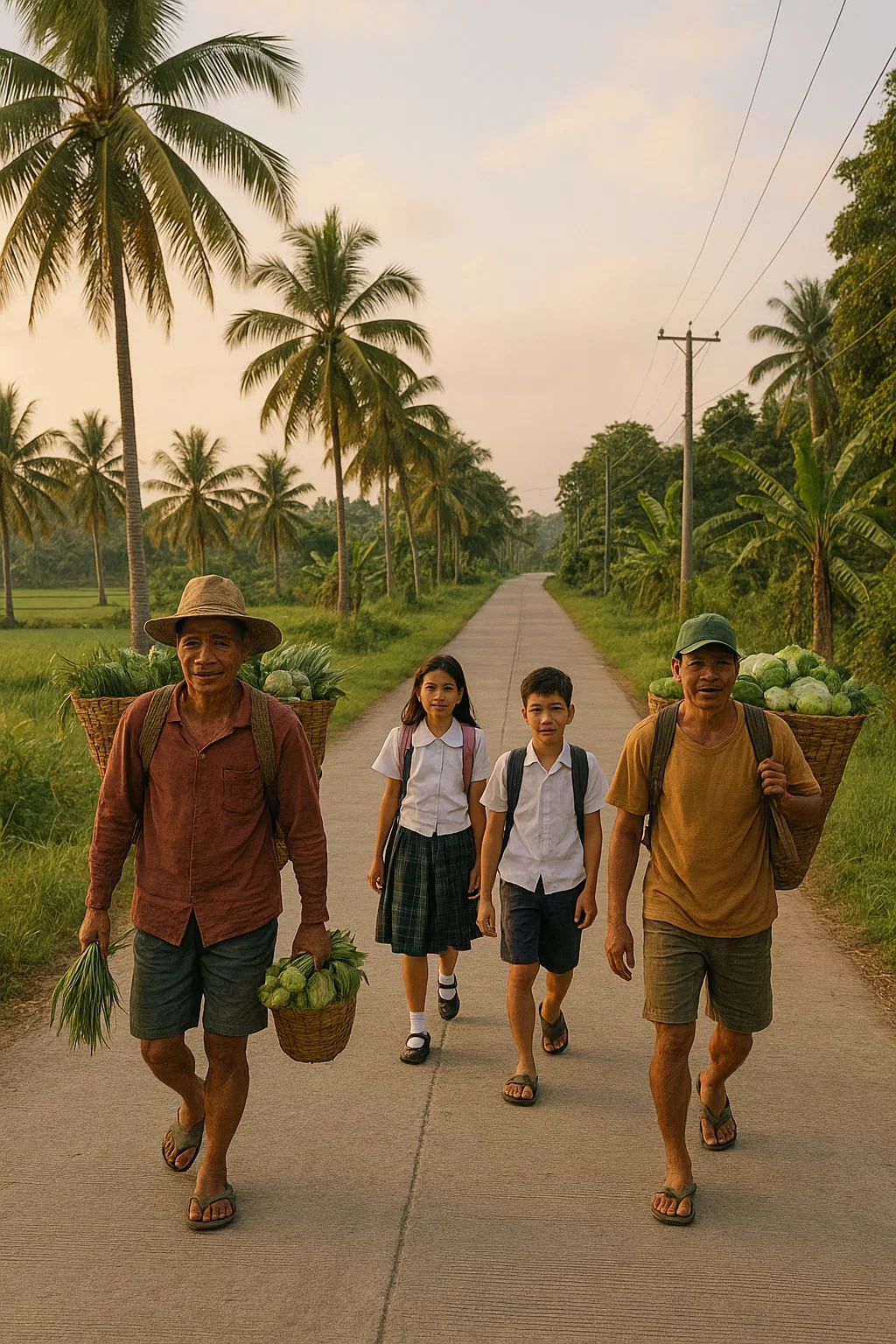
Why Farm to Market Roads Matter More Than Ever
We don’t need fancy studies to understand the importance of farm to market roads in the Philippines—just ask any farmer who’s had to haul sacks of produce through mud after a heavy rain. Agriculture still puts food on our tables and supports millions of livelihoods, but without decent roads, even a good harvest can go to waste.
When a road is broken or washed out, deliveries are delayed, goods spoil, and income takes a hit. But when that same road is solid and passable all year, farmers can sell more, buyers get what they need on time, and even prices in the city can go down. It’s a win across the board.
And now, with typhoons getting stronger and floods more frequent, we need roads that can actually hold up—not just for one planting season, but for years. Building better roads isn’t just another government program—it’s a basic need if we want real food security and a fair shot for our rural communities.
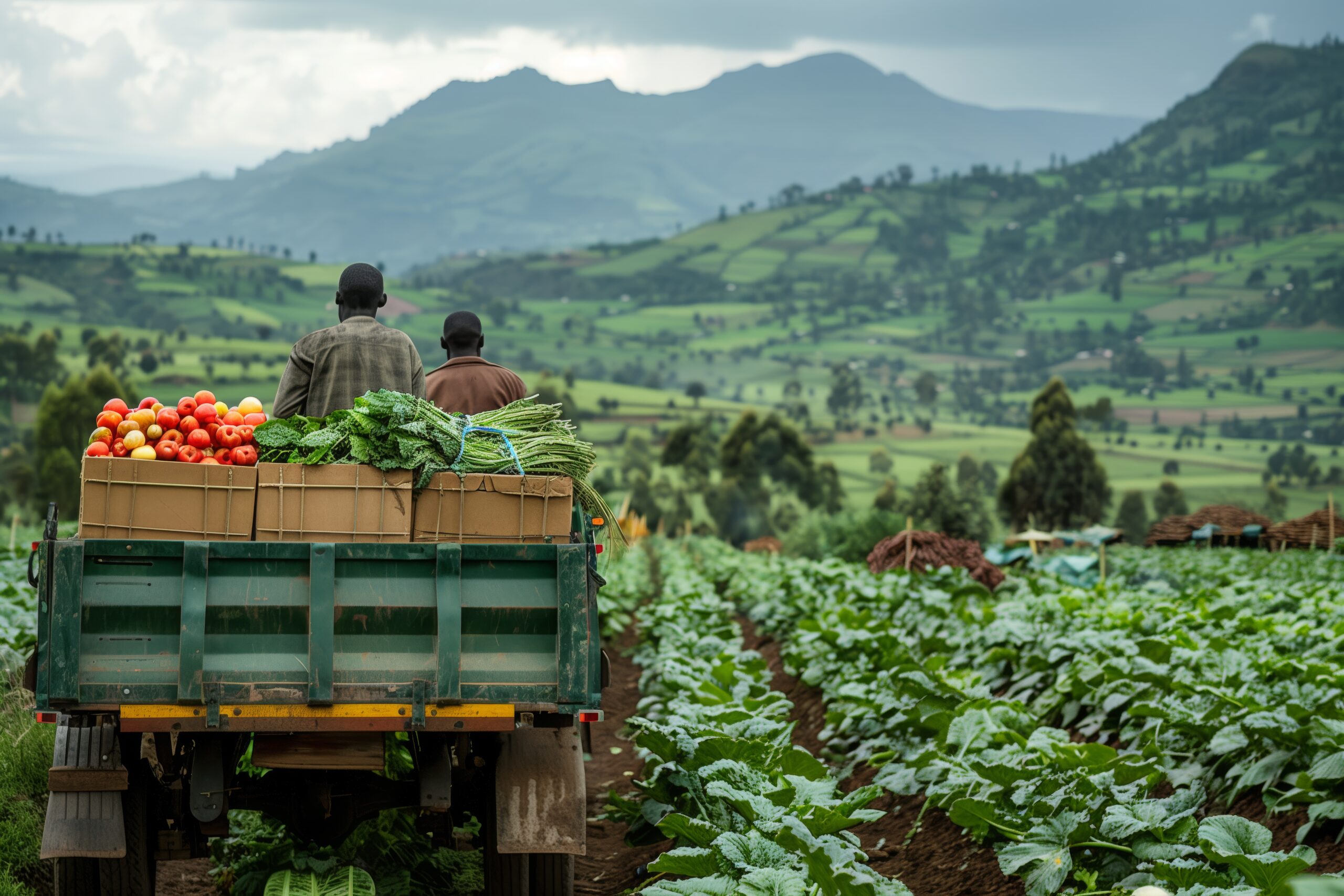
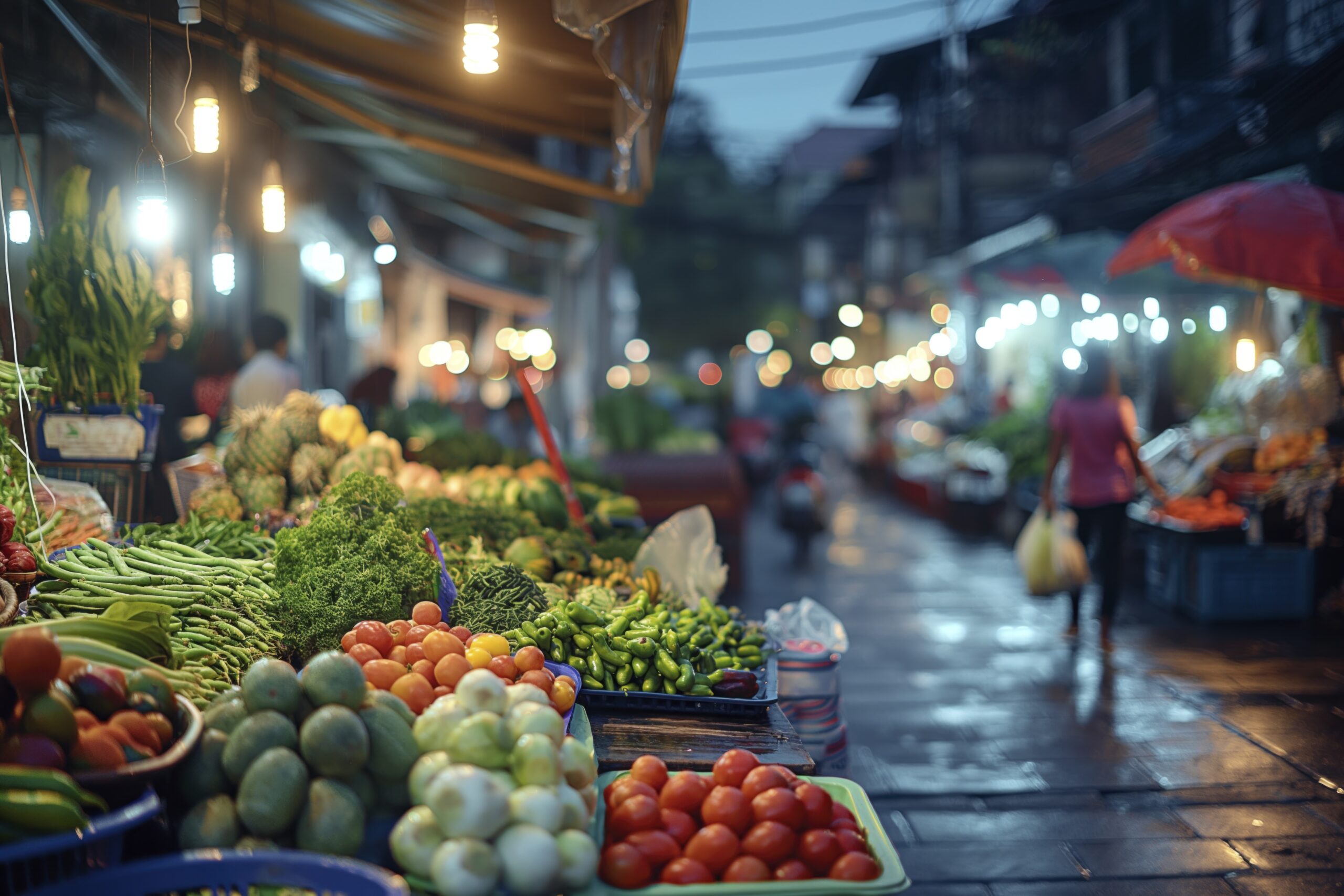
Real Impacts of Farm to Market Roads in the Philippines
The real impacts of farm to market roads in the Philippines become clear not long after a new road opens. Farmers don’t have to wait for dry weather just to bring their crops out—they can go anytime. Health workers can reach remote barangays without worrying about impassable routes.
Before long, you’ll notice other things too. A small store opens up. Someone starts selling feeds or building a rice mill. Transport costs go down, and trips to the market become quicker. Local markets become livelier as more buyers and sellers connect. Little by little, incomes go up. It might look like a simple road, but for many rural communities, it’s the start of something bigger—access, opportunity, and a fairer shot at growth.
Why the Advantages of Farm to Market Roads Go Beyond Farming
There are several clear advantages of farm to market roads, especially in rural farming communities. First, they make it easier for farmers to transport their produce—saving time, effort, and fuel. They also improve the quality of life by connecting remote areas to public services. Good roads help reduce post-harvest losses and can even attract investment in rural areas. When the roads are reliable, people are more willing to farm, trade, or even start businesses. In short, farm to market roads don’t just help agriculture—they help entire communities move forward.
How the DPWH Is Tackling Farm to Market Road Challenges
While FMRs are often built in partnership with agriculture-related agencies, a lot of farm to market roads in the Philippines are actually implemented by the Department of Public Works and Highways (DPWH). The agency is responsible for building and maintaining thousands of kilometers of road across the country.
That said, the work isn’t easy. Funding can be tight, some areas are hard to reach, and many roads don’t last long—especially during the rainy season when they’re easily damaged. Because of this, there’s growing pressure to not just build roads fast, but build them well. More LGUs and planners are now looking into better construction methods and more reliable materials to make sure these roads stay useful for the long haul.

The Struggle: The Lack of Farm to Market Roads in Farming Communities
Many farming communities across the country still struggle with the lack of farm to market roads, especially those in upland or remote areas. And in places where roads do exist, they often don’t last. During the rainy season, they turn into thick mud or get washed out completely—making them impassable right when they’re needed the most.
Because of this, harvests are delayed or never make it to market. Farmers lose income, and food prices go up. Some have no choice but to carry their crops by hand or rent expensive transport—if any is even available. It’s a daily challenge that keeps entire communities from moving forward.
And fixing the problem isn’t as simple as pouring cement. What we really need are roads built to handle the rain, the weight of loaded trucks, and daily wear—roads that farmers and rural families can rely on year-round.
A Practical Solution to the Lack of Farm-to-Market Roads
One of the biggest challenges with farm to market roads is how quickly they break down—especially after heavy rains. Gravel roads built over soft or clay soils tend to wash out or crumble fast. That’s why strengthening the soil underneath roads really makes a difference.
RT20 Polymer Soil Stabilizer is already helping farms, resorts, and rural communities across the Philippines. It toughens up the ground under the road, so it can better handle water, floods, and heavy traffic.
If you want roads that actually last for years—not just a quick fix—we have to get the basics right from day one.
Building Roads That Make a Difference
A good road isn’t just dirt or stones. It’s what helps farmers get their crops to buyers, lets kids get to school safely, and keeps communities connected and growing.
If your roads keep breaking down and causing headaches, let’s chat. RT20 could be the lasting solution you’ve been looking for.
📩 Send us a message anytime—we’re here to help make your roads stronger and your community better.

